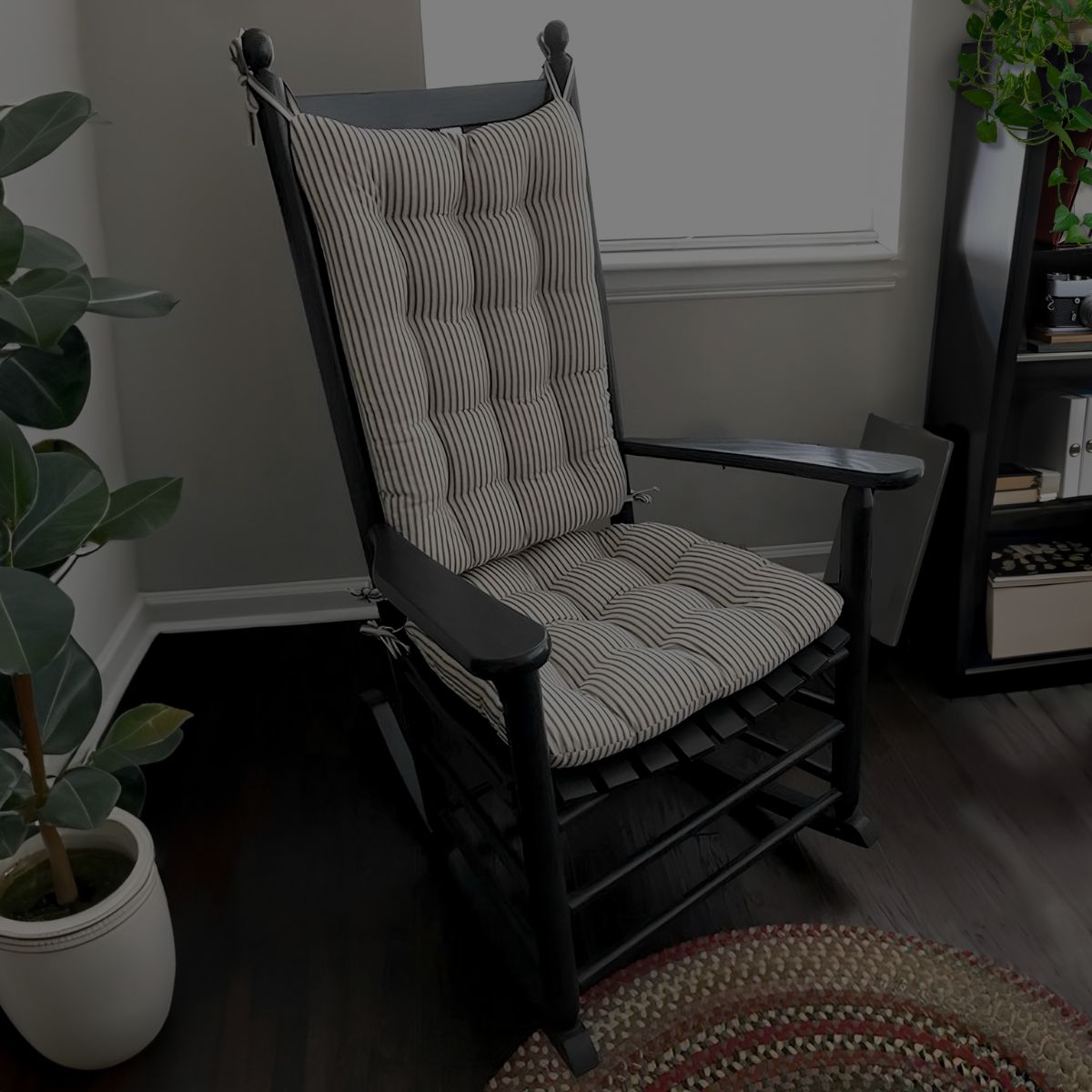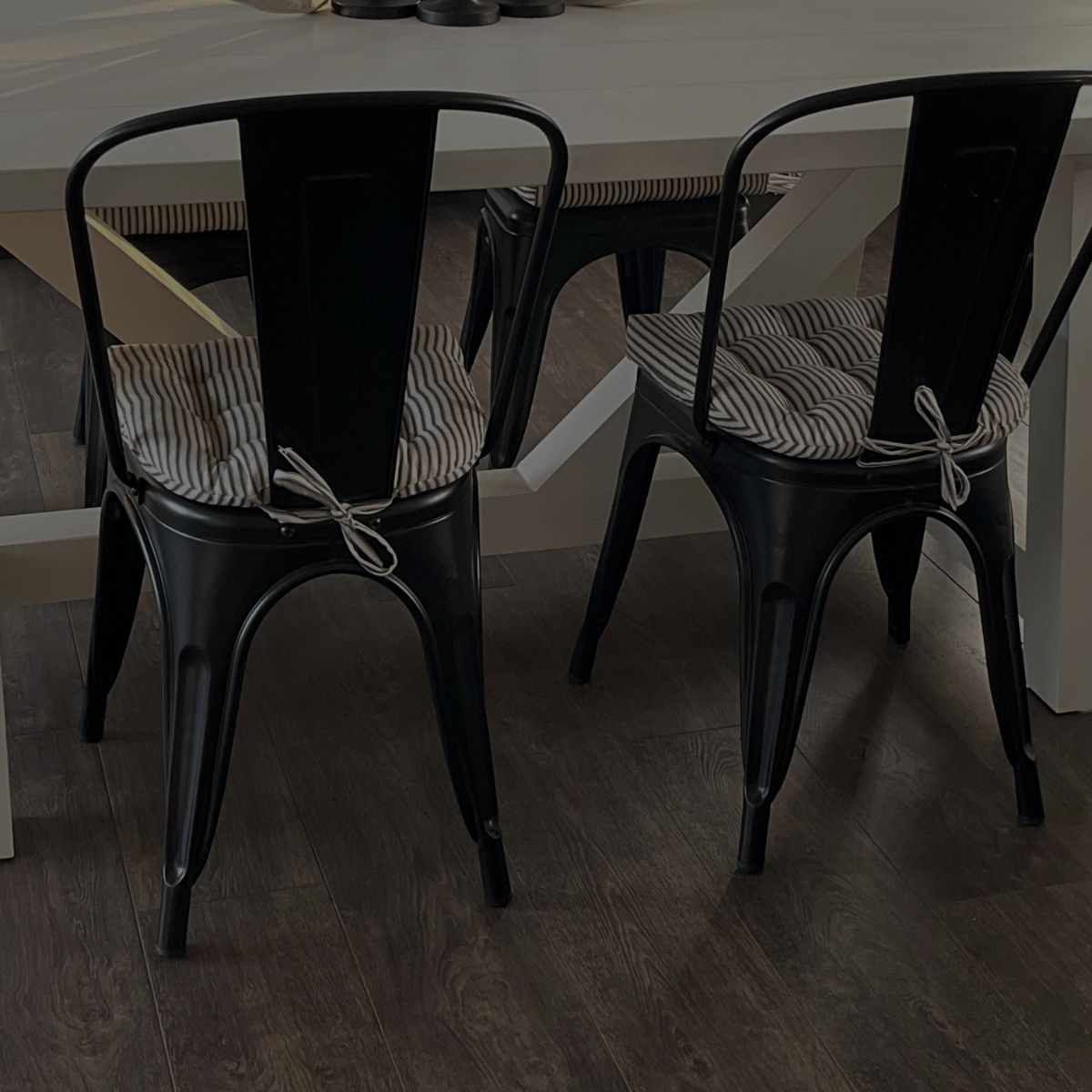Chintz
Chintz describes the large, elaborate floral patterns characteristic of the glazed calico fabrics popular in the 17th and 18th centuries.

CChintz was popular from the 1600's to 1800's. Indian calico fabric was printed with woodblocks, painted, or stained. The designs were typically large floral patterns of Indian influence. English and French merchants began importing large quantities of chintz in the late 1600s. It was mainly used for upholstery and draperies. The design style was also popular for porcelain.
It has been suggested that wearing them as clothes began when draperies were replaced and the fabric given to maidservants, who made them into dresses They were also used as garment linings.
Imported chintz became outlawed in the late 1600s and early 1700s. The Court of Versailles, though, got an exemption and fashionable courtiers continued to wear chintz.
Two industrious Frenchmen both sent home samples and notes on the production of Chintz from India. When the ban on Chintz was lifted in 1759, the French and English were producing their own versions of the fabric. Westerners originally copied the Indian motifs but, eventually, developed their own designs.
Modern chintz usually consists of large, bright, floral patterns printed on a light background but some popular patterns are on darker backgrounds.
Chintz was originally distinguished from other floral prints by the glazing of starch or wax which made the designs more impervious to wear. Some modern fabrics are called chintz not because of the design but because of the glossy finish.
The modern term "chintzy" refers to gaudy, elaborate, or vulgar designs. Many believed that the garish prints of chintz were unsuitable for garments when they first became fashion but the prints took off as the nobility began wearing them.
Everything comes back into style again. Take a step back in time and forward in fashion with chintz. It is fitting for decors such as shabby chic, and cottage. It can also be worked into traditional styles such as French provincial and colonial.
Related Products
Example product title
Example product title
Example product title
Example product title
Example product title
Example product title
Example product title
Example product title
Recent Blog Posts
Independence Day Sale
Save up to 50% off select items at the Independence Day Sale - Now through July 8th, 2024
Memorial Day Sale
Save on Porch Rocker Cushions, Wicker Chair Cushions and other outdoor cushions.
Made in USA: Why It Matters
In today's world, "Made in USA" is more than just a label — it's a promise. It signals quality, integrity,...








